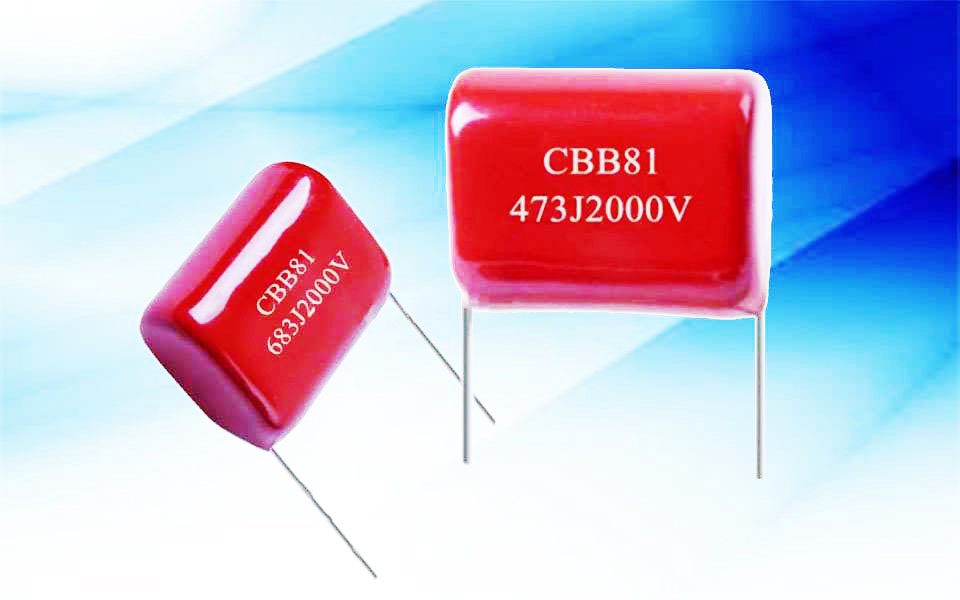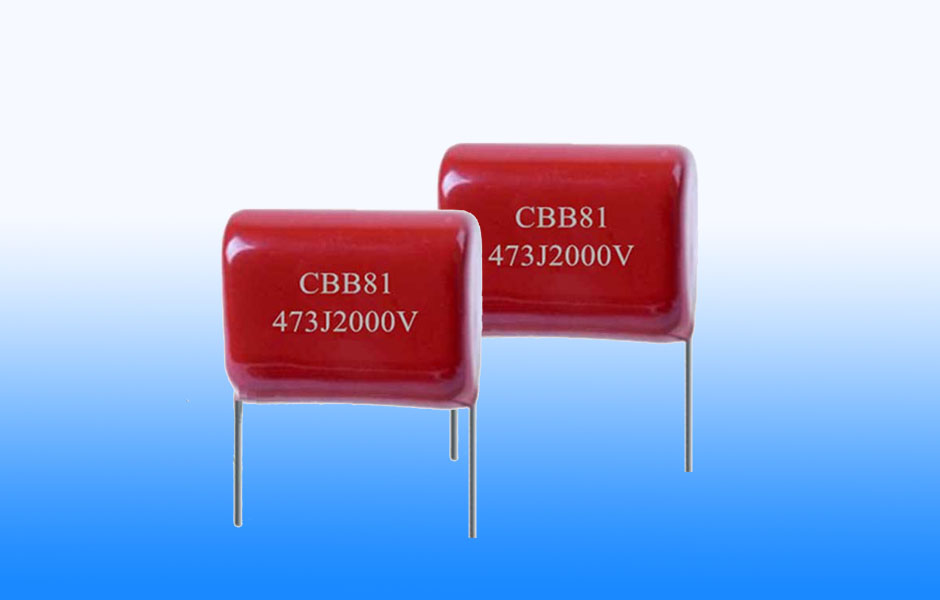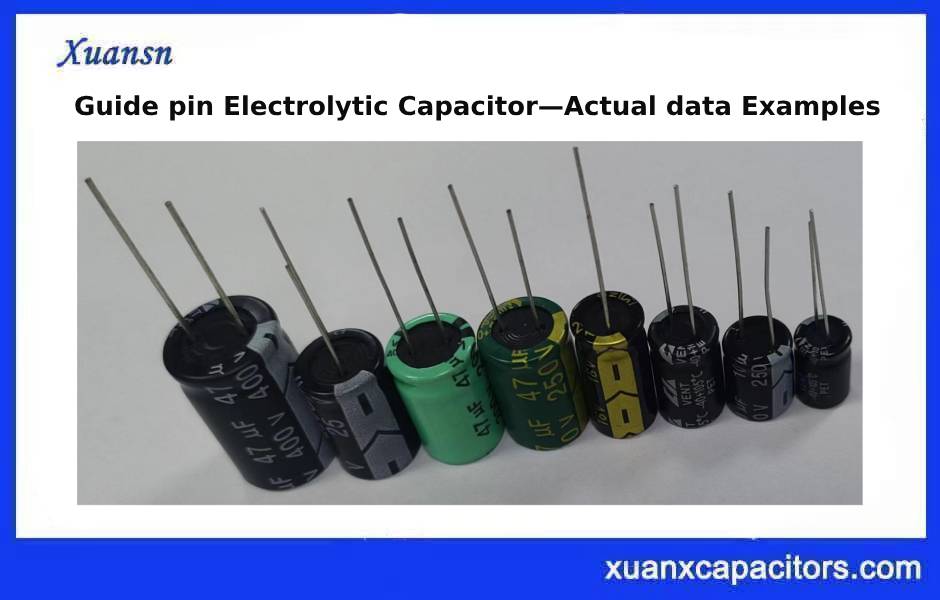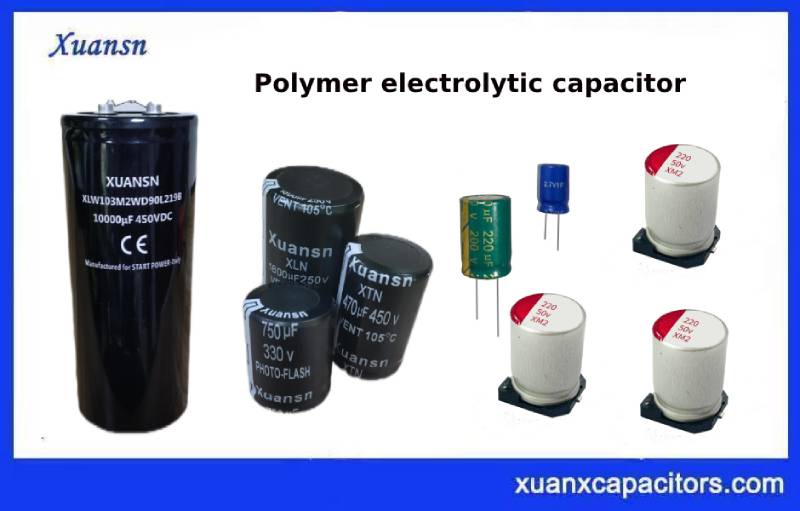The decoupling capacitors is mainly to remove the interference of high frequency such as RF signal, and the way of interference is through electromagnetic radiation.
In fact, the capacitor near the chip also has the function of storing energy, which is second. You can think of the total power source as the Miyun Reservoir. Every household in our building needs water supply. At this time, the water does not come directly from the reservoir. The distance is too far. When the water comes, we are already thirsty. The actual water comes from the water tower on the top of the building, which actually acts as a buffer. From a microscopic point of view, when a high-frequency device is working, its current is discontinuous and the frequency is very high. However, there is a distance between the device VCC and the total power supply. Even if the distance is not long, at a high frequency, the impedance Z =i*wL+R, the inductance of the line will also be very large, which will cause the device to be unable to be supplied in time when it needs current. The decoupling capacitor can make up for this deficiency. This is one of the reasons why many circuit boards place small capacitors at the VCC pins of high frequency devices.
Active device
The high-frequency switching noise generated by the active device during switching will propagate along the power line. The main function of the decoupling capacitors is to provide a local DC power supply to the active device to reduce the propagation of switching noise on the board and to guide the noise to the ground.
The bypass capacitor has two functions between the power supply of the integrated circuit and the ground: one is the energy storage capacitor of the integrated circuit, and the other is to bypass the high frequency noise of the device. A typical decoupling capacitor value in digital circuits is 0.1μF. The typical value of the distributed inductance of this capacitor is 5nH. The 0.1μF decoupling capacitor has a distributed inductance of 5nH, and its parallel resonance frequency is about 7MHz. The calculation method is that it has a better decoupling effect for noise below 10MHz, and almost no noise above 40MHz effect. Capacitors of 1μF and 10μF, and the parallel resonance frequency is above 2MHz, the effect of removing low-frequency noise is better. For every 10 pieces of integrated circuits, add a charge and discharge capacitor, or an energy storage capacitor, which can be about 10μF. It is best not to use electrolytic capacitors. Electrolytic capacitors are rolled up with two layers of film. This rolled up structure behaves as an inductance at high frequencies. Use tantalum capacitors or polycarbonate capacitors. The selection of the decoupling capacitor is not critical, and its capacitance value can be calculated as C=1/F, that is, 0.1μF for 10MHz and 0.01μF for 100MHz.




